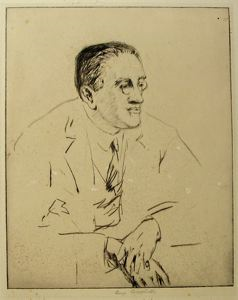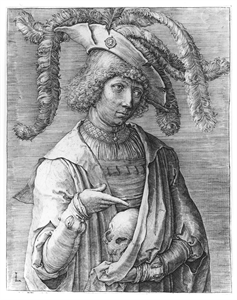
Anne Goldthwaite (aka Anne Wilson Goldthwaite)
American, 1869–1944
American, 1869–1944
Hugh Walpole
about 1930
Object Type:
Print
Creation Place:
North America, American, Alabama
Dimensions:
10 3/8 in. x 8 3/8 in. (26.35 cm x 21.27 cm)
Medium and Support:
Drypoint on paper
Accession Number:
1982.0016.0356
Credit Line:
Gift of Adelyn D. Breeskin
Keywords
Click a term to view the records with the same keyword
Portfolio List
Click a portfolio name to view all the objects in that portfolio
This object is a member of the following portfolios:
Your current search criteria is: All Object records and [Object]Century is "Twentieth century".

 by Artist (514)
by Artist (514)
